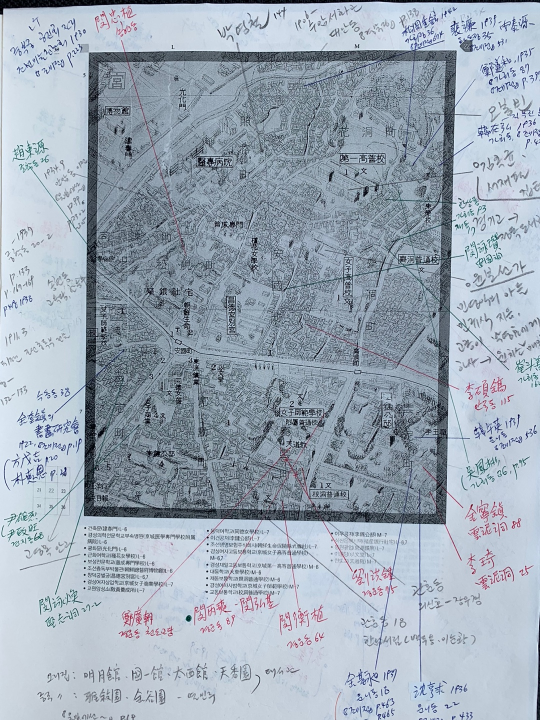SPACE March 2023 (No. 664)
On Feb. 1, the 64th Far East Architecture and City History Colloquium was held online (Zoom) by the Far East Asia Architecture History Lab (FAHL), School of Architecture, Engineering College at Hanyang University. This colloquium was held under the theme ‘Cultural Spaces in Modern Seoul – Focusing on the 1930s’, prepared by presenter Kim Sangyop (director of the U.S. office, Overseas Korean Cultural Heritage Foundation). Art historian Kim Sangyop has been immersed in the collection of related materials for several years with a deep interest in the history of Korea’s modern art market. His book A Collection of the Modern Korean Art Market History (2015) and Art Collectors (2015) are the result of ongoing research over a period of 7 – 8 years at the shortest and 20 years at the longest. The origin of his interest is the Gyeongseong Art Club. It was the first and only art auction house in Joseon established in 1922, and it was a space where famous art collectors at the time gathered. Kim Sangyop, who traced the circulation of the art works sold here, expanded his interest to the flow of the cultural and artistic figures of the 1930s who bought and sold these art works. Based on a map of 1930s Gyeongseong Detailed Map (1933) and the Great View of Gyeongseong (1936), coupled with images and data such as photographs, he assembled a jigsaw of geographic and humanistic information related to schools, newspapers, academic societies, publishers, antique art dealers, pubs, coffee shops, and so on. The cultural spaces of modern Seoul are stereoscopically illuminated by marking the location of each artist’s residence, the places frequently visited, streets walked, the areas of activity, the circulation of objects and individuals, on the map. Yi Sang and Ku Ponung were close friends, and according to the recorded information; Ku Ponung’s place of birth is 88, 90 Pirun-dong, and Yi Sang’s house is located at 154 Tongin-dong. On the map, the two places are no more than 200m apart. This is what leads to the desire to know how often they met and engaged with one another. Kim Sangyop’s research reorganises these coincidental details and flatly recorded information by focusing on images, and draws people and cities of the time together from various angles. The colloquium concluded, heralding a future point at which the numerous drawings, arrows, and words drawn on the map will be reborn as a narrative.






